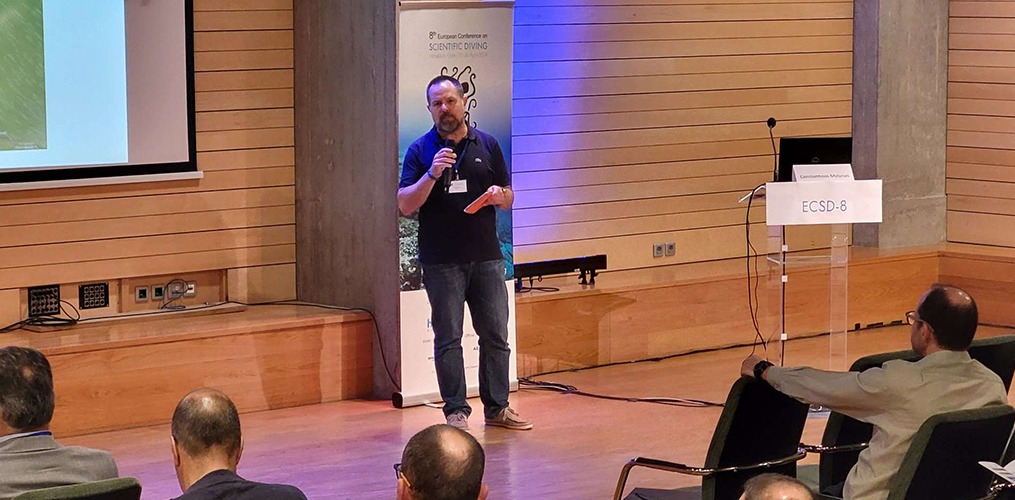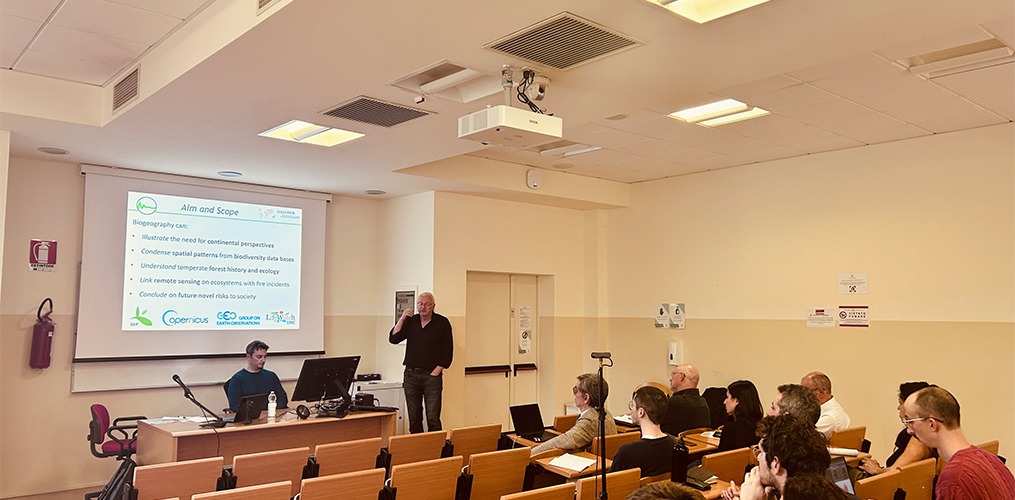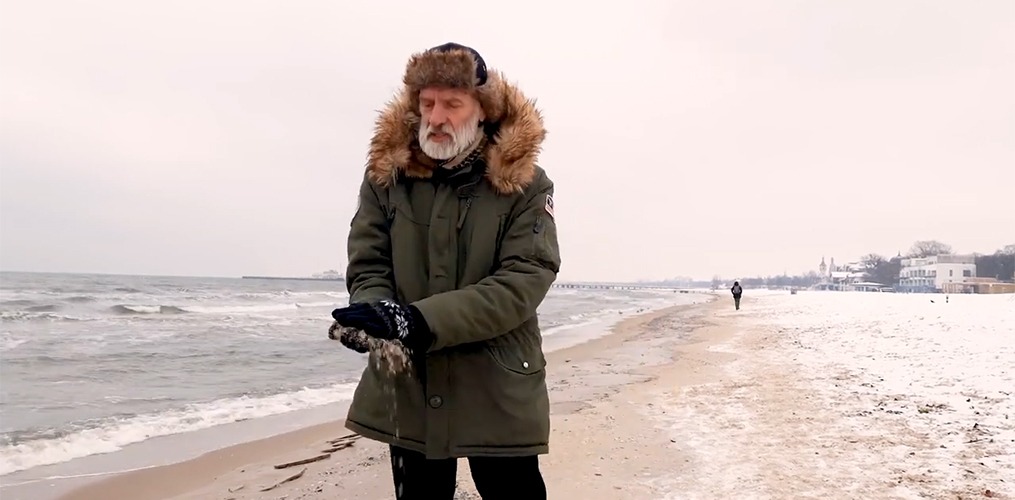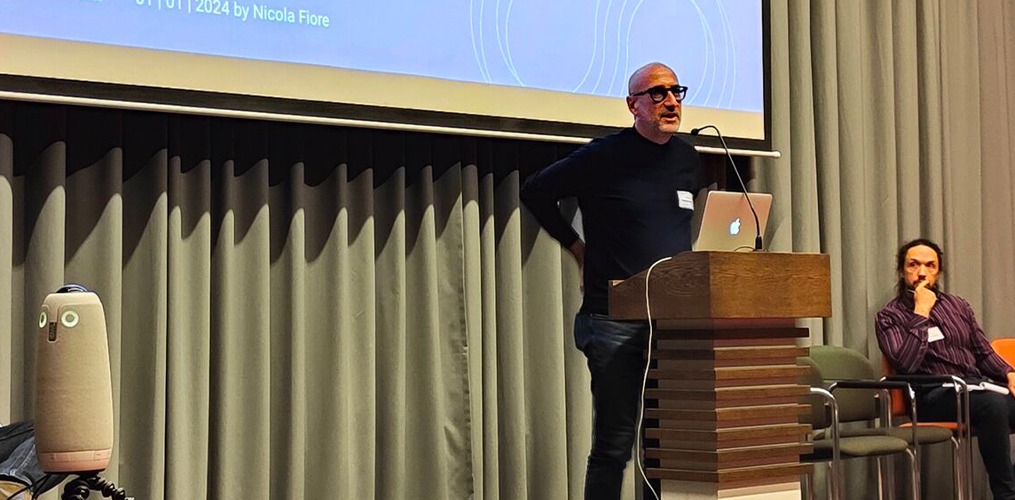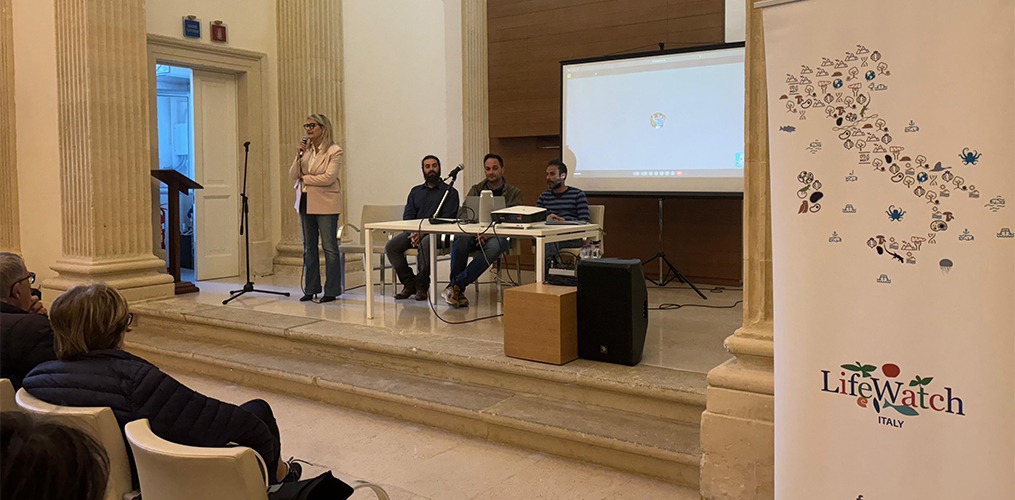On April 11, LifeWatch Slovenia recently hosted the 5th Thematic Service Workshop on Biodiversity Observatory Automation at the National Institute of Biology in Ljubljana. The workshop focused on reviewing and updating the requirements for effective biodiversity assessment in light of current environmental changes and biodiversity loss. The event had 33 participants who attended the workshop in person, while 30 others joined online.
The workshop brought together experts to present the key achievements and obstacles in monitoring and observation approaches and discuss various stakeholders’ drawbacks and needs through an extensive programme of twelve presentations.
The event included a panel discussion among Prof Rudolf Meier from the Museum of Natural History Berlin, Dr Klaas Deneudt from VLIZ, and Dr Gentile Francesco Ficetola from the University of Milan, moderated by Dr Cene Fišer from the Biotechnical Faculty of the University of Ljubljana. The panel discussed various modern biodiversity monitoring and detection approaches, including aerial observations and eDNA. They explored the possibilities of data collection design, data curation, data exploration, and the use of AI. Additionally, they discussed FARIfication of data and digital twins.
Although biodiversity assessment has various challenges, including time-consuming fieldwork and the complicated data processing and storage involved after fieldwork, scientists are making progress in automating data collection. Furthermore, the advancement of computing power and artificial intelligence have opened up new possibilities to aid them in their work.
The workshop about Biodiversity Observatory Automation was organised by LifeWatch Slovenia—LifeWatch ERIC National Node—and its members, by Dr Andreja Ramšak from the National Institute of Biology and the national coordinator, Dr Tanja Pipan, from the Karst Research Institute ZRC SAZU.
To learn more about our Thematic Service Workshop Series, please visit our minisite: https://www.lifewatch.eu/thematic-services-workshops/.


